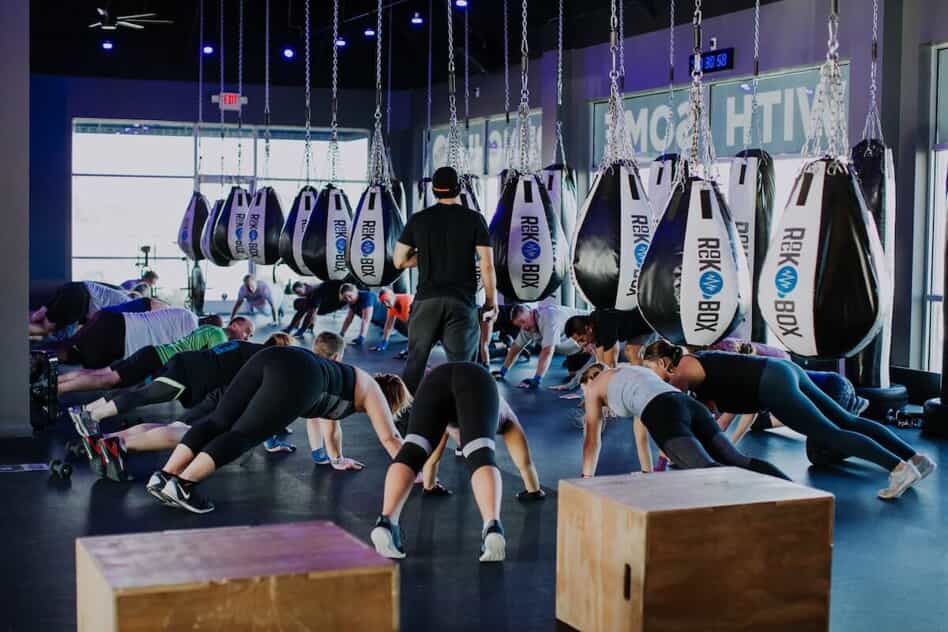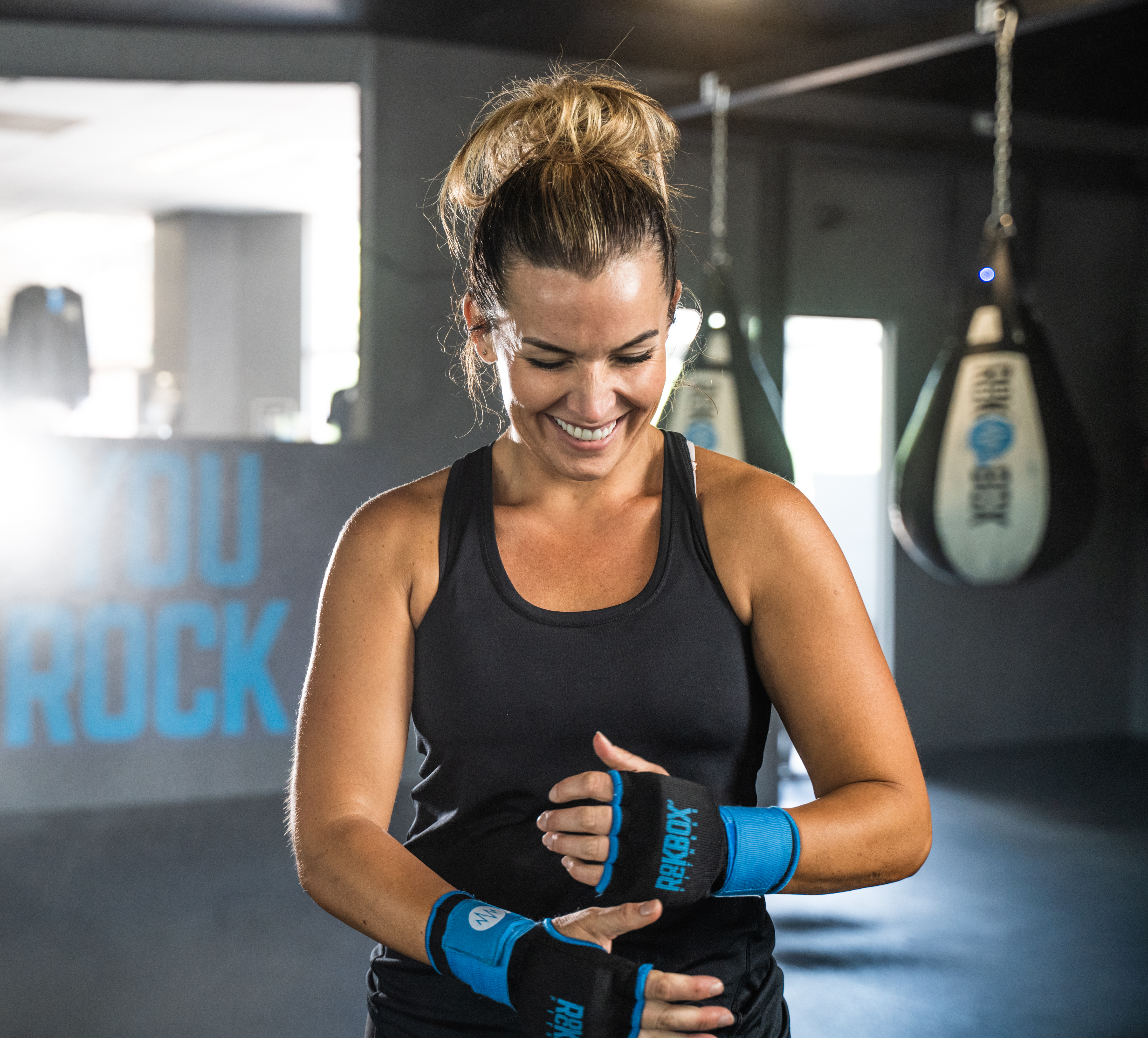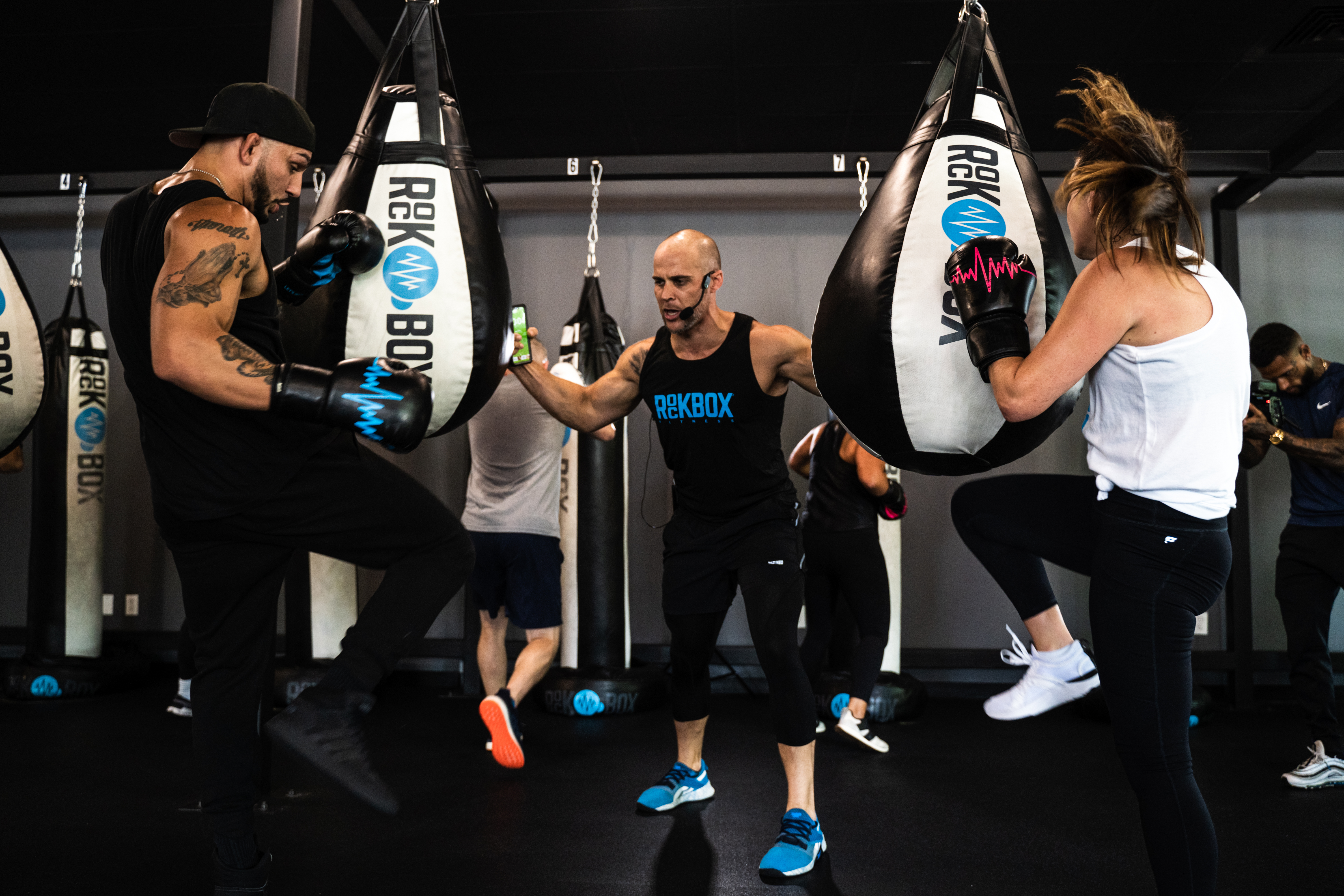10 Tips for Heavy Bag Training the Right Way
Even if you’re fairly experienced with boxing, and enjoy training with a heavy bag, there’s a difference between getting a decent amount of activity and using pro techniques to get the best possible workout. Plus, optimizing your heavy bag workout training helps to prevent injury – letting you continue to improve your boxing skills safely.
What is a heavy bag? There are several types of these bags, including freestanding, banana, pole, and angled. But there’s also a standard heavy bag, which is the most common style. It typically ranges from 4-5 ft. tall and is consistent in width from top to bottom, allowing for the practice of most basic boxing techniques as they’re meant to mimic the human torso.
Heavy Bag Training? Here’s How to Maximize It!
Create a Strong Base with Properly Wrapped Hands
Incorrectly wrapping your hands hinders your ability to hit with the full extent of your power, and it also means your knuckles and wrists aren’t protected from impact. Be sure to have professionals help you if you’re unfamiliar with the best wrapping practices.
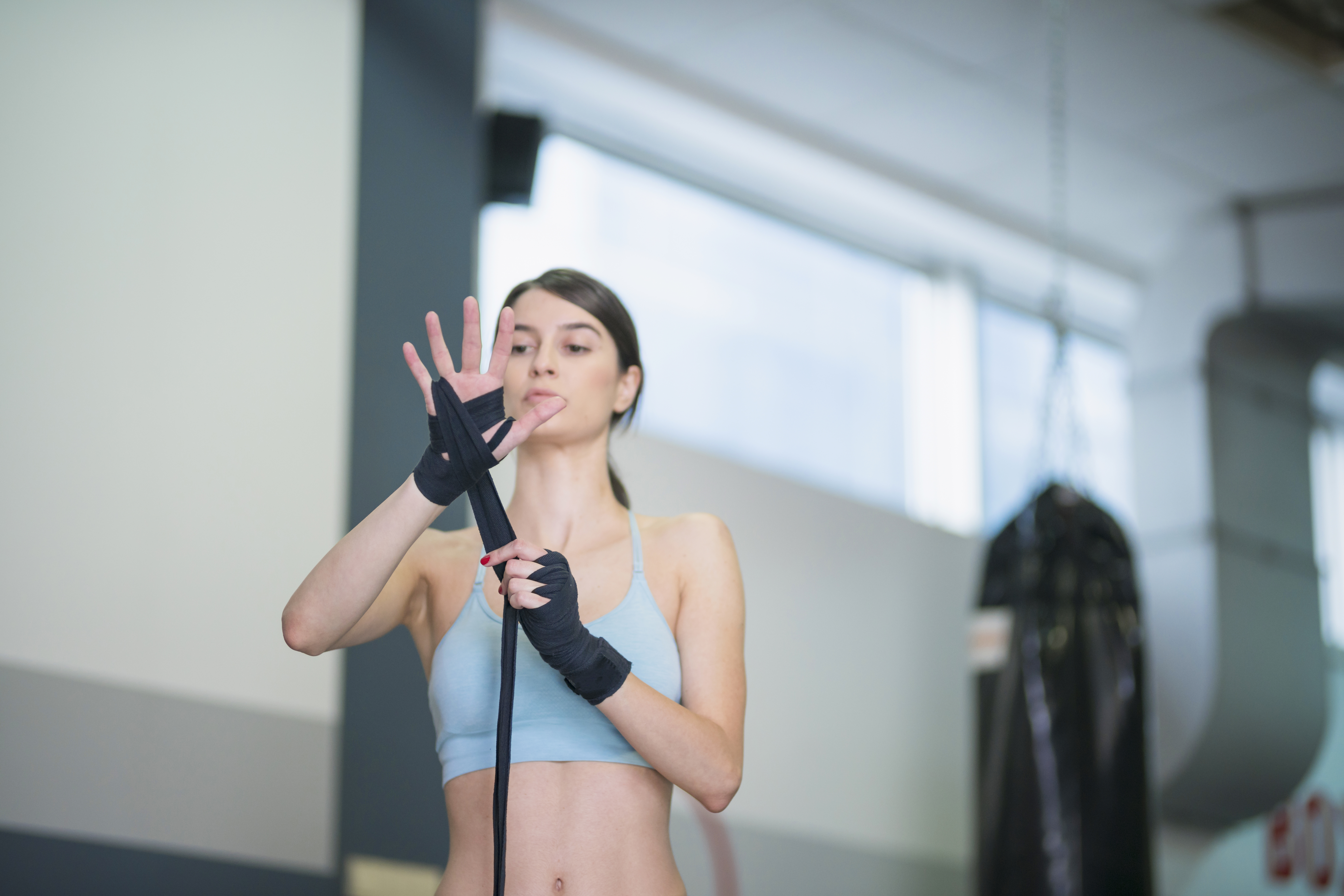
Optimize Your Breathwork
It’s easy to forget to take breaths as we get caught up in a workout. But to get the most force, get strategic and work on your breathing. As you pull your arm back, inhale. When you hit the bag, exhale.
Keep Your Hands Up
In traditional boxing, part of the strategy was to protect yourself from hits while you land the most impactful punches. This means your boxing stance includes keeping your gloves up by your face. Your feet should be shoulder-width apart with the non-dominant foot forward. As you retract punches, remember to get those hands back up to gear up for your next hit.
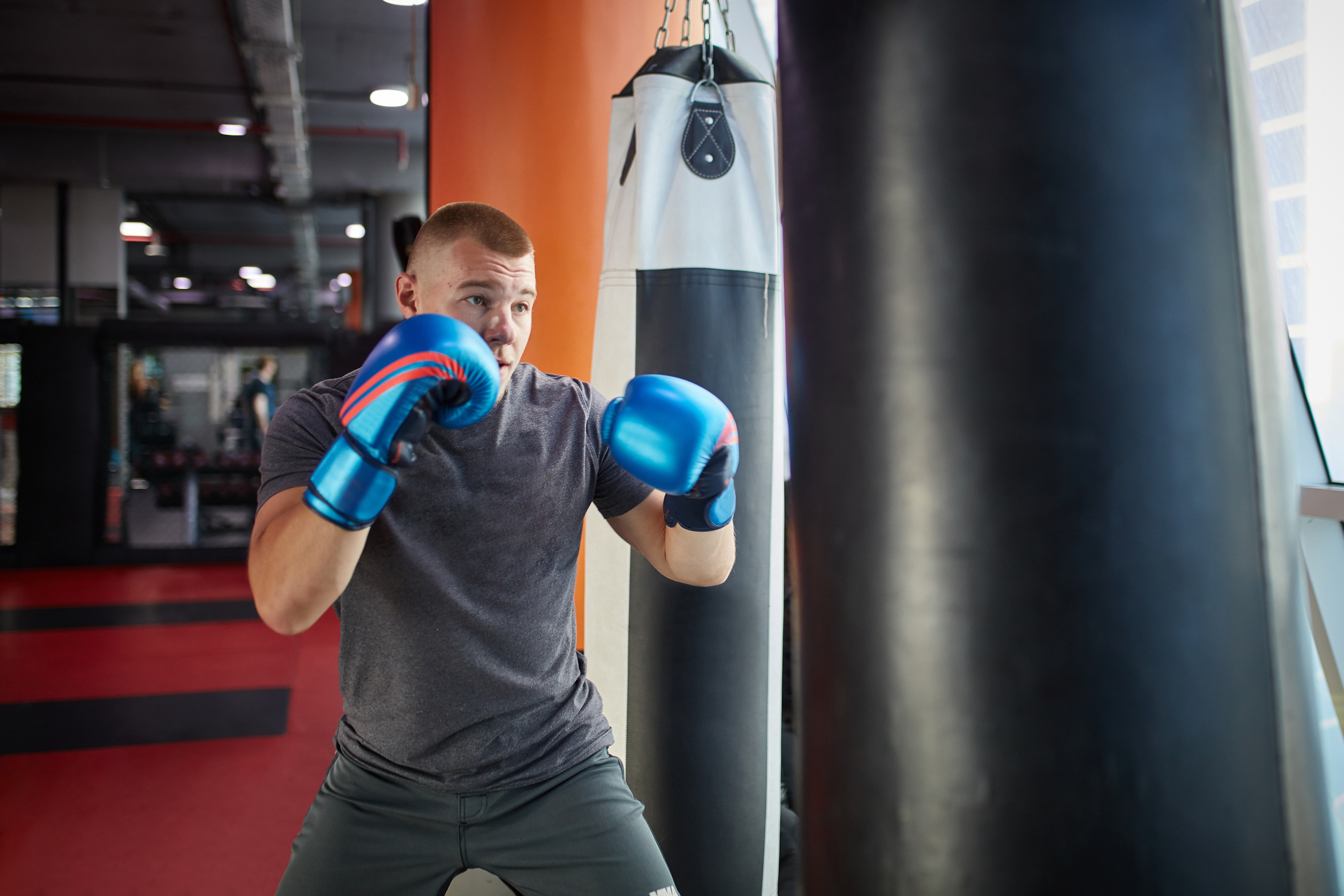
Train With the Entire Bag
Don’t let yourself get caught in a rotation that leaves out segments of the heavy bag. Go for the headshots, get in a body punch, and keep yourself moving around. High and low, you can balance your training to make the most of it.
Remember to Relax
You don’t want to be too tense. Proper breathwork and focusing on relaxation while you train will help your body to move faster and react smoothly. The better you can balance these components, the more speed and strength you’ll gain.
Torque to Pack a Punch
When you go to throw a punch, you should be hitting the bag with your first two knuckles (pointer and middle fingers). To do this properly, you ‘torque’ your punch. Think of this movement like you’re pouring something from a glass or using a watering can.
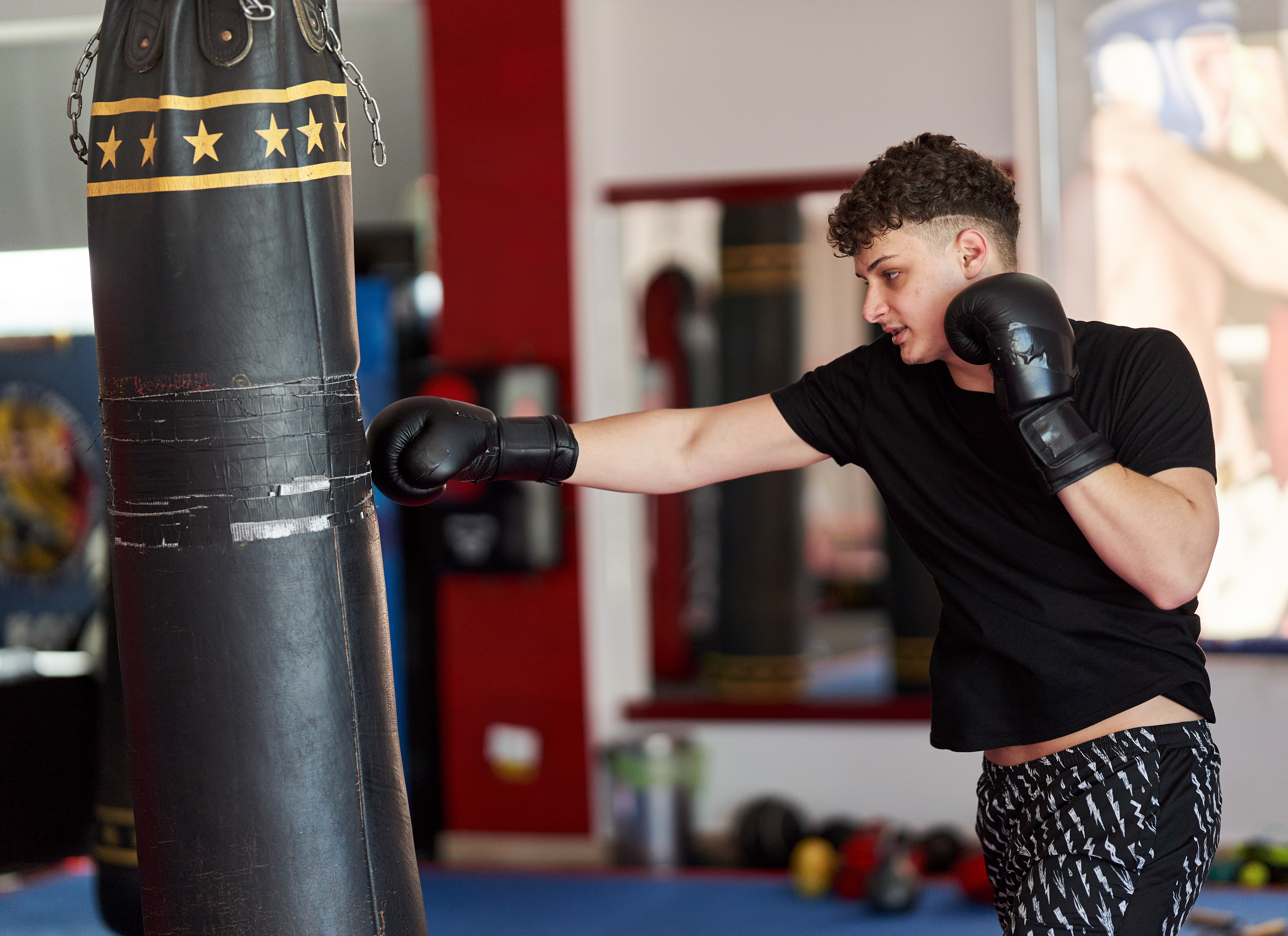
Snap Your Punches
One of the fastest ways to tire yourself out, punch slower, and have less power, is pushing your punches into the bag. But, as with the other aspects of boxing, speed is key. Focus on technique, snapping your punches in rapid succession to avoid burning out early.
Proper Eye Contact
Even though you’re not in the ring with another person, maintaining natural eye contact will allow you to focus on your workout. You don’t want to stare, but you should be paying attention to your target, monitoring your position, and adjusting as you go.
Move Around
When you’re not hitting the bag, step away from it. This forms a habit for your training – if you were boxing a real opponent, if you didn’t move, you’d get hit.
Use Your Whole Body
When done right, boxing is a full-body workout. The best punches come from the ground up, engaging your core for the full extent of your power. Otherwise, you’re just using your arms without the support from the rest of your body to back your hits.



